The 2019 Global Assessment Report (GAR)
Emergency Planning
MAY 30, 2019
I have argued elsewhere (Alexander 2017) that the number of times the word 'should' is used in an official document is an inverse indicator of its utility. It could be argued that political decision making is the greatest barrier of all to successful disaster risk reduction. The GAR notes that "we all live in communities".


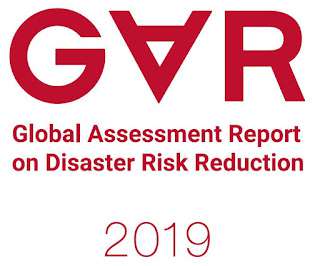
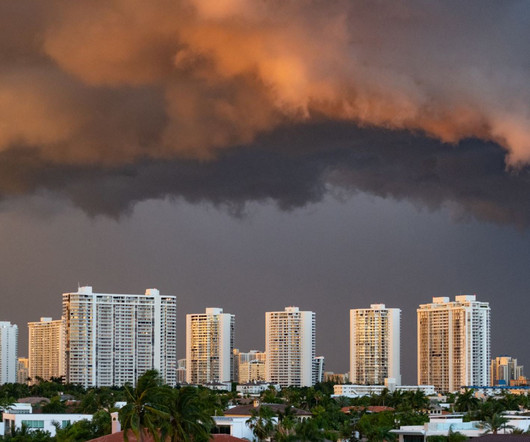



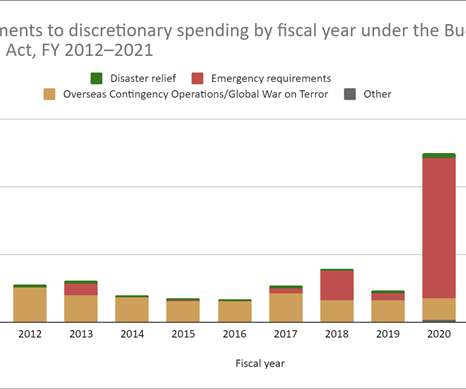
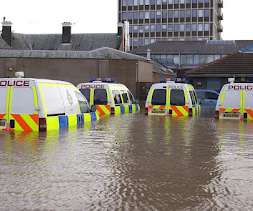
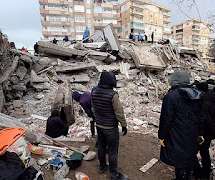

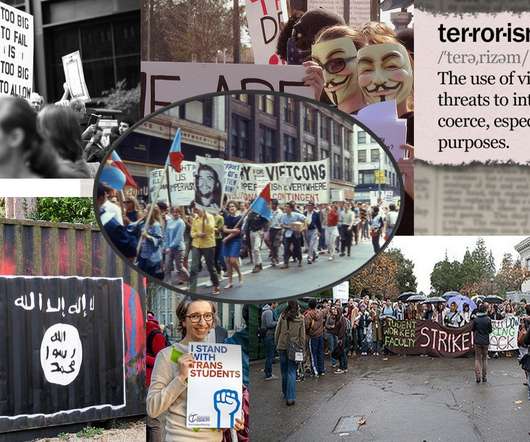






Let's personalize your content